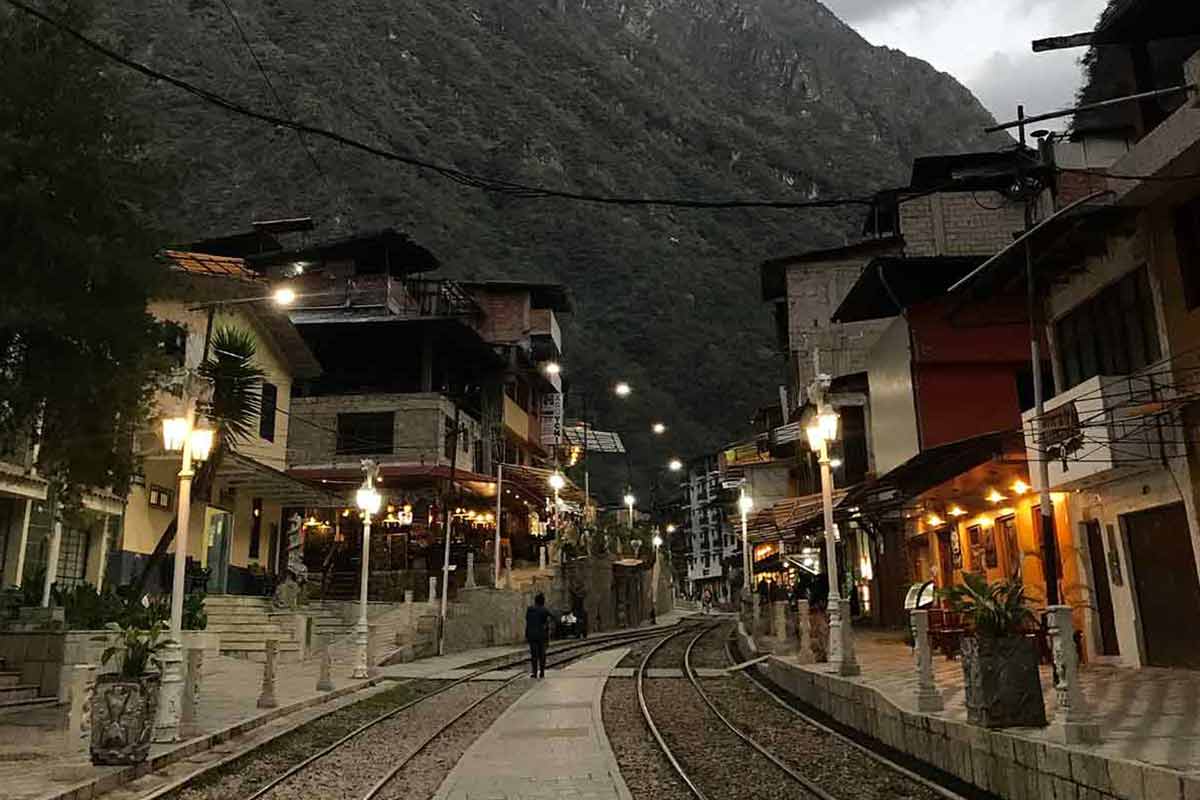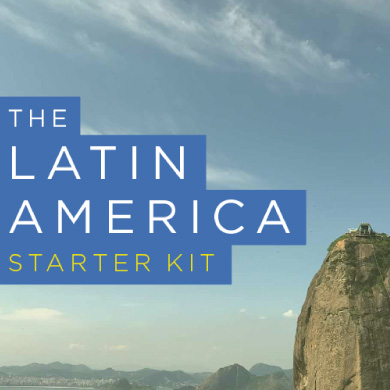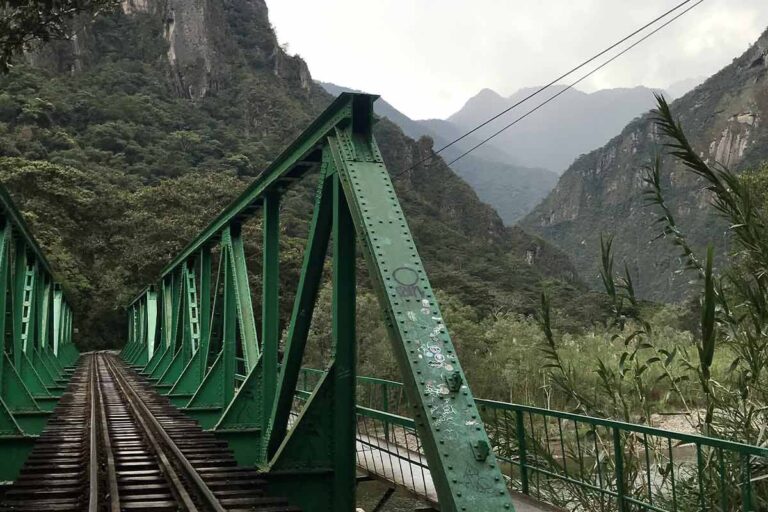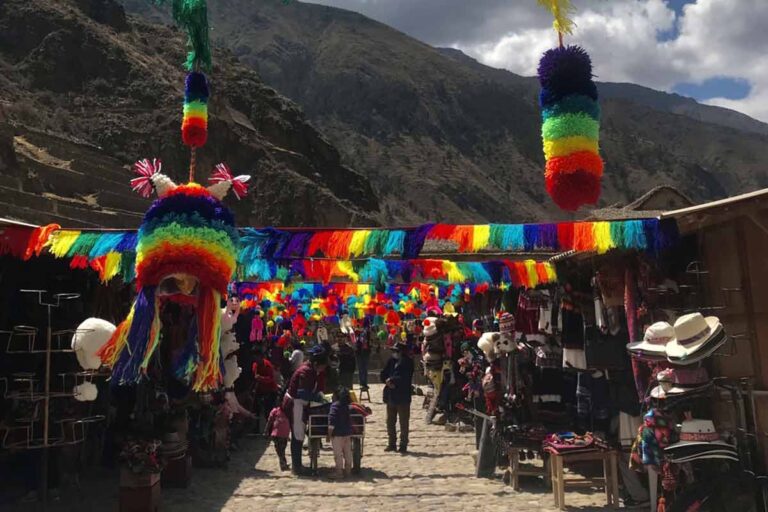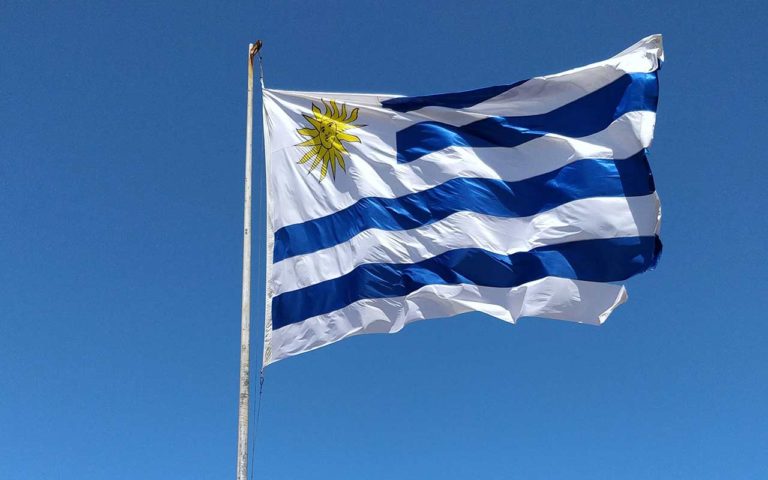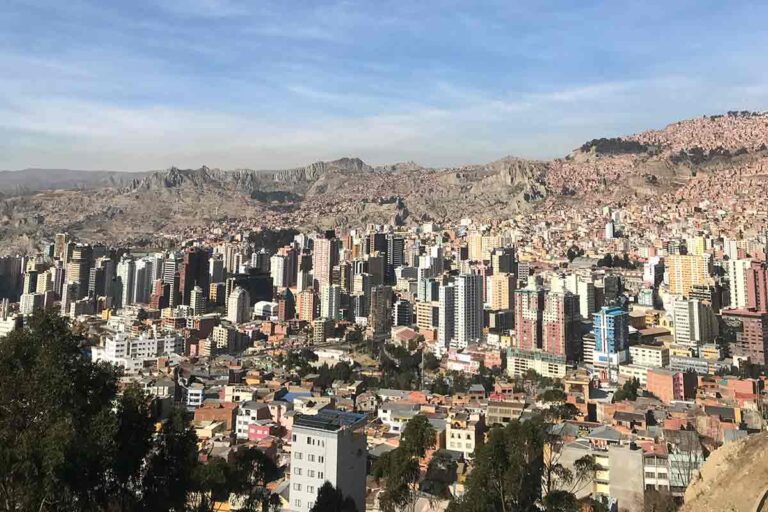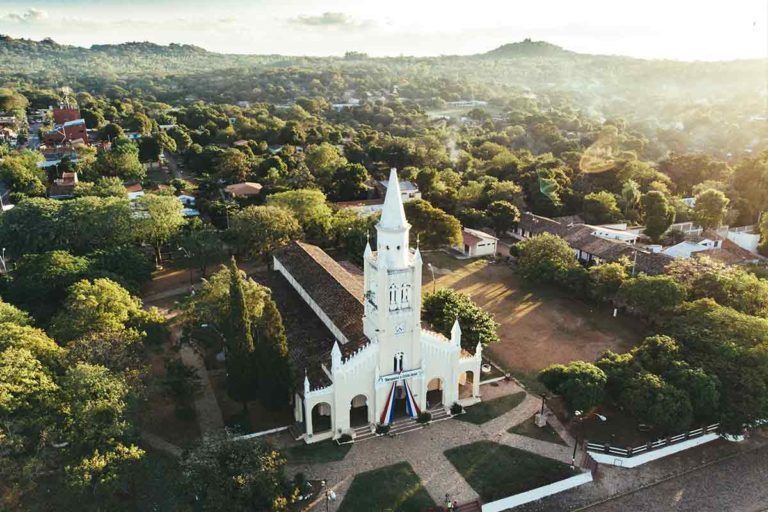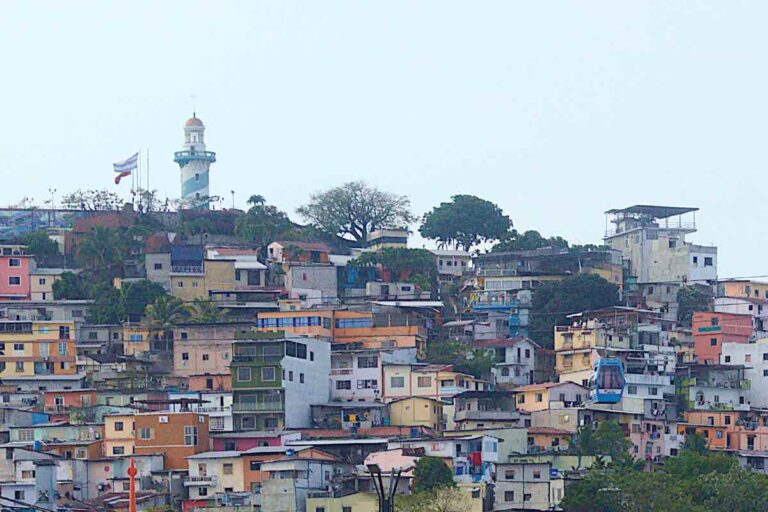Is Peru safe?
Welcome to our Peru safety guide.
This iconic nation is full of incredible destinations and things to do, and in our experience is one of the most varied nations you can visit in Latin America.
From hiking dizzying Andean peaks and trekking through the rainforest to exploring ancient ruins and eating some pretty bizarre foods, Peru is a very memorable country to travel through.
Peru Quick Summary:
- 📍 Where is it: South America
- 🗺 Difficulty Getting There: Very Easy
- ⏱ Time needed: 2 Weeks (Minimum)
- ☀️ Best Time to Visit: September/October
Is Peru safe?
In this comprehensive guide, we’ll explore everything you’ll need to know about Safety in Peru as a backpacker or traveler.
We’ll look at all the different factors, our top safety tips, other useful information as well as an FAQ section where we answer your key questions.
Is Peru Safe Right Now?
Quick Answer: Although political instability seems to be an annual event here, Peru is still a pretty safe country to travel around. This is especially the case in popular destinations such as Arequipa, Cusco, Huaraz and Máncora.
Of course it depends on where you’ll be staying and what you are doing, but in general it’s quite an easy country to travel around safely. Of course Lima (and other cities) have many bad areas, however later we’ll look at the safest areas to stay in as well as some safety tips later in this guide.
Peru Travel Warnings
The main government warnings are for areas along the Peruvian-Colombian border (in the Amazon jungle) as well as in the VRAEM territory which are dangerous mostly due to drug trafficking. However these are far from the tourist paths, and there’s little reason to head to these areas anyway.
When traveling through Peru, the biggest issue will be pickpocketing which is usually targeted towards tourists. This is why it’s important to keep valuables locked back in your apartment, as well as using a Money Belt when traveling between areas.
Assault and other violent crimes can also occur, however they’re rare and would happen far from the historic centres (Plaza de Armas). It’s still wise to prepare as best as you can before heading here, so be sure to read our top safety tips later in this article.
Where to Stay in Peru
Lima – Miraflores is by far the best area, which is more safe and touristy than the historic centre. The Selina Miraflores in our experience is the best hostel you can stay at when in the capital, with both decent dorms and private rooms. There’s also an on-site bar as well as daily organised activities such as surfing and salsa lessons to get involved with.
Cusco – The Plaza de Armas is the best place to be in Cusco. Those looking to keep things cheap will love Kokopelli Hostel, which has a variety of room options, an awesome (included) breakfast as well as a very social and fun atmosphere. If you want a more luxurious experience then we recommend staying at the Hotel San Pedro Plaza, which is right on the Plaza de Armas.
Iquitos – This city can be quite an assault on the senses for first-timers, and in a good way too. The Plaza de Armas is also a nice area to base yourself in before heading out into the jungle. We recommend staying at Camu Camu, which is in a decent area and has wifi (as well as air conditioning in all rooms).
Things to do in Peru
There are literally countless incredible things to do here. There’s a reason George spent most of his time here and now lives in Peru!
The Andes is a breathtaking region to visit, where you can hike some awesome mountains and see some stunning ancient ruins. The best are in Cusco and Huaraz, and in the former you can head on the legendary Inca Trail Trek. You’ll also find many great ancient sites here such as Machu Picchu, Moray Ruins as well as the site of Chavín de Huántar.
If you’re after a scenic yet different kind of landscape, then we’ve also got you covered. Huacachina is a great stop near Lima, which is home to massive dunes that surround this oasis town. You can join this Sandboarding Tour through the desert whilst here. The same goes with the Colca Canyon near Arequipa, which is the second deepest on earth.
Then we have the Amazon Jungle. Covering over a third of the country, it’s home to many incredible species such as Pink River Dolphins, Jaguars, Capybara and Piranhas.
It’s worth heading on this multi-day tour from Iquitos, where you’ll get to see many of these rare animals and have the trip of your life. Other good jumping-off points into the Peruvian Jungle are from Tarapoto and Puerto Maldonado.
Is Lima Safe to visit?
Below we’ll take a look at the current safety situation in Lima.
Crime in Lima
From personal experience, Lima definitely feels safer in its touristy areas when compared with other South American capitals (such as Quito and Bogotá). However crime still occurs daily, especially in areas in the centre and the north of the city (like Callao and the Historic Centre).
This is usually theft or sometimes assault, and is mostly between locals although there have been incidents involving tourists. This is why it’s always important to research where you’re going before, and make any necessary precautions too.
In areas like Miraflores crime is much lower, although pickpocketing can still be an issue along the less touristy streets. If heading to the beach or out at night, it’s wise to leave valuables locked away safe in your apartment.
According to data collected by Numbeo, Lima scored 70.70 on the crime index (0 being the safest whilst 100 the most dangerous). For reference, Quito scored 61.98 whilst Mexico City scored 67.95.
We suggest learning some Spanish before arriving here so you can get inside safety tips from the locals while here. See this handy Spanish phrase book to assist you along the way.
What parts of Lima are safe?
The safest areas for tourists to head to in Lima are Miraflores, San Isidro and Barranco.
Not only are they the most built-up and are used to accommodating tourists (lots of nice hotels, restaurants and other amenities here), however they also have a more secure feel too.
Even walking around in the streets you’ll feel it’s different here, especially once you start making day trips to the historic centre or other areas.
Lima Safety at Night
Again, areas like Miraflores and Barranco feel very safe at night, and it’s fine to walk alone (just try to avoid looking lost as we always say).
You’ll want to use increased caution if heading outside of these areas, and avoid entirely going to places like Callao which are pretty dangerous.
When heading out to bars or nightclubs, just be careful in the historic centre given pickpocketing can occur (it’s especially infamous in La Casona).
Be sure to read our Lima Safety Guide for more tips on how to travel around the Peruvian capital safely.
7 Safety Tips for Peru
Below we will list 7 of our top safety tips for when heading to Peru.
1. Stay near the Plaza de Armas
Something that we echoed in this traveling Peru post, the Plaza de Armas are almost always the best areas for a stay in Peruvian cities and towns. Given there’s lots of tourist destinations and amenities like hotels and restaurants, there’s added safety presence which makes it a lot safer. The only exception is Lima, where you’re best in either Miraflores or Barranco.
2. Check Tour Reviews before Committing
In 90%+ of instances this won’t be an issue, especially when heading to Machu Picchu or any other popular region. However in other circumstances (such as hiking tours) you’ll want to check their reputation as well as attitude towards following safety protocols. Those looking to hike Colca Canyon will be in good hands with this multi-day tour.
3. Use Uber and InDriver
Of course not all taxis that are hailed from the streets are going to rob you, however this is more of a risk in Peru (especially if arriving late at night or to an unfamiliar part of the city). We highly recommend using both Uber and InDriver, which are safer and also have less chance of you being ripped off.
4. Padlock your Bags when Traveling on Buses
Call us paranoid, however we’ve had very little issues when it comes to having been robbed. This is mostly from proactive safety habits, and this one is very useful for travel in Peru. Given many buses will be long and often overnight, it’s wise to lock up bags whilst you get some much needed rest. If you will sleep, then try to put a limb through a strap so the whole thing isn’t stolen either! We recommend using this secure Padlock.
5. Do not Drink Tap Water
Similarly to other countries such as Mexico, drinking the local water is an absolute no-no. Unless you’re in a five-star hotel, it’s most likely not treated and could have parasites or other nasties lurking around. Much better to buy big, sealed bottles of water and refill from there. If heading on a longer jungle or mountain hike, you can also carry a filtered water bottle like this one and drink from pretty much any source.
6. Take out a Solid Travel Insurance Policy
Travel insurance is important, especially before heading to Peru, given you’ll want to be covered the day you arrive. Whilst most travel in Latin America is pretty adventurous, Peru is known for its incredible range of experiences. This is why it’s vitally important to take out a solid travel insurance policy to cover you in event of any mishaps. This also includes coverage if your phone or other personal items get damaged or stolen.
7. Prepare Well for Each Destination
Peru is a really varied region, and it’s important to prepare accordingly to where you’re going. Heading to a high-altitude area like Cusco or Puno? Buy Coca Leaves and take it easy the first 48 hours. How about the Amazon Jungle? Then you’ll need lots of mosquito repellent and a good quality poncho. Even little things like these can make your overall experience much more enjoyable and smooth.
Peru Safety FAQ Guide:
Here we’ll take a look at the most frequent questions we get asked by our readers about safety in Peru.
Got travel insurance for Peru?
Is Peru safe? Final Words
And that’s all for our guide on how to stay safe in Peru. This incredible nation is full of unforgettable experiences. From exploring the Amazon Jungle to standing above the clouds in the Andes, there’s plenty of bucket list things to see and do here.
Peru is also a relatively safe country to visit. Whilst first-timers will need to get accustomed (follow our safety tips in this article), those with more experience can arrive and hit the ground running here. It’s still important to keep your guard raised when somewhere new, and to look out for any local advisories for where you’re heading.
In this guide, we’ve explored the current safety situation in Peru, which includes the areas to avoid, as well as any current travel advisories. As well as looking at the best things to do in Peru, we’ve also included our FAQ which answers your most burning questions.
While you’re still here, be sure to read our Peru Itinerary for more tips and travel inspiration.
👉🏽 P.S. If you’ve found this guide helpful, buy us a coffee here to say thanks! Or, support us by downloading our South America Travel Bible to get our best content.
“Dear traveler! Some links in this post contain affiliate links. Meaning, if you click through and make a purchase, book a hostel or sign up for a tour, we may earn a small commission at no additional cost to you. Your support means a lot and helps us to carry on traveling and maintaining the quality of this site for you.”

